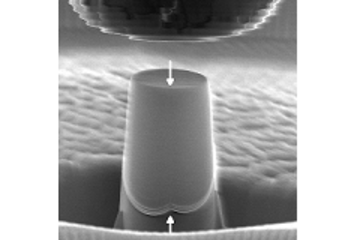All genres
1.
Journal Article
Microstructural features and hydrogen diffusion in bcc FeCr alloys: A comparison between the Kelvin probe- and nanohardness based-methods. International Journal of Hydrogen Energy 102, pp. 1103 - 1115 (2025)
2.
Journal Article
Hydrogen trapping and embrittlement in high-strength Al-alloys. Nature 602, pp. 437 - 441 (2022)
3.
Journal Article
Chemical heterogeneity enhances hydrogen resistance in high-strength steels. Nature Materials 20, pp. 1629 - 1634 (2021)
4.
Journal Article
Limiting Current Density of Oxygen Reduction under Ultrathin Electrolyte Layers: From the Micrometer Range to Monolayers. ChemElectroChem 8 (4), pp. 712 - 718 (2021)
5.
Journal Article
On the robustness of the Kelvin probe based potentiometric hydrogen electrode method and its application in characterizing effective hydrogen activity in metal: 5 wt. % Ni cold-rolled ferritic steel as an example. Science and Technology of Advanced Materials 20 (1), pp. 1073 - 1089 (2019)
6.
Thesis - PhD
The Principle and Applications of Scanning Kelvin Probe based Hydrogen Detection Technique on Pd-coated and Oxide Covered Surface. Dissertation, Ruhr-Universität Bochum (2019)











